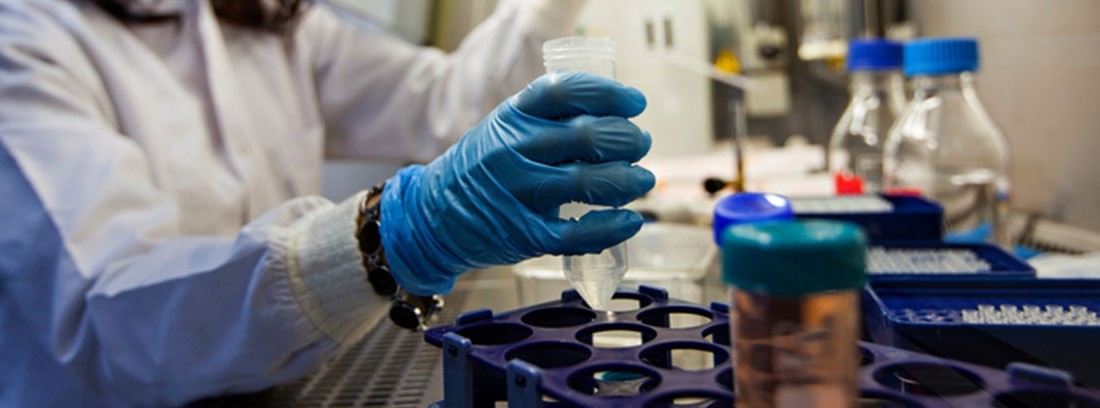Types of urine tests

There are different methods to analyze a urine sample; In general terms and depending on the method of analysis used, the study of urine we can classify it in:
Urine test strip
Analysis of a small urine sample using a test strip inserted into the sample. It is done in the same consultation. The results are obtained in 5-10 minutes. It is used as screening test as it provides basic information. Used to rule out or confirm pregnancy, detect urine infection, diabetic decompensation ...
Urine sediment
The urine sample goes through a centrifugation process from which the liquid content of the urine is separated (which is discarded for this study), from the solid content It will be studied with the help of a microscope.
It allows detecting the presence of or other substances such as red blood cells, glucose or microproteins, among others, which are generally not found or are at very low levels and whose presence would make suspect the presence of a pathology that will have to be studied later with specific techniques.
Microbiology, microbiological analysis, urine culture, urine culture
It is done through the use of different laboratory techniques; allows to know if it exists bacterial infection of urine, the germ type involved as well as establishing the different antibiotics to which the detected germ is sensitive through what we know as antibiogram.
How is a urinalysis performed?
- Requires the taking a urine sample that the patient must deposit in a sterile and specific container for it. In most cases, the urine sample collection can be done by the patient at home.
- The amount of urine sample required It will range from a small amount in the case of a test strip or urine sediment, to much higher amounts in the case of a 24-hour urine test.
- The sample it must be collected with the maximum aseptic conditions Therefore, the patient will be advised to use proper intimate hygiene, avoid touching the inside and the edges of the container with the hands and external genitalia, and discard the first and last part of urination.
- In general, it is advisable to take the first urination in the morning as a sample since it is the time when the urine is more concentrated and allows a better assessment.
- Once the urine sample has been collected, the patient should deliver the closed container as soon as possible and within a maximum period of 24 hours in the center in which the study has been requested and from there it will be sent to
- The sample can be kept in the refrigerator inside the closed container until the moment of delivery. Urinalysis does not require any special preparation on the part of the patient.
What does it feel like during and after the study?
Taking a urine sample through normal urination by the patient and therefore does not imply any kind of discomfort, risk, or contraindications.
What is the study done for?
Urine analysis is one of the most basic, useful and commonly used tools in the field of Medicine because the technique of obtaining the sample is simple and safe and the analysis of the sample by specialized laboratories provides very valuable information on the health status of the person.
It allows to diagnose pregnancy and diseases that affect the urinary system such as infection or inflammation of the urinary bladder and allows suspect the presence of genito-urinary diseases, such as prostatitis, pyelonephritis, glomeruloanephritis, kidney failure, bladder tumors; or of a systemic type such as diabetes, infectious processes, biliary and / or hepatic processes, among many others, which must later be confirmed through specific studies for each process.
You have doubts? Sign up for Savia, MAPFRE's digital health services platform and speak with a doctor by chat or video consultation to resolve any doubts you may have about your analyzes. You can also buy a full analytics at the best price and with the best specialists.
SIGN UP FREE
Dra. Cristina Muñoz Gil Family and Community Medicine Specialist
(Updated at Apr 13 / 2024)